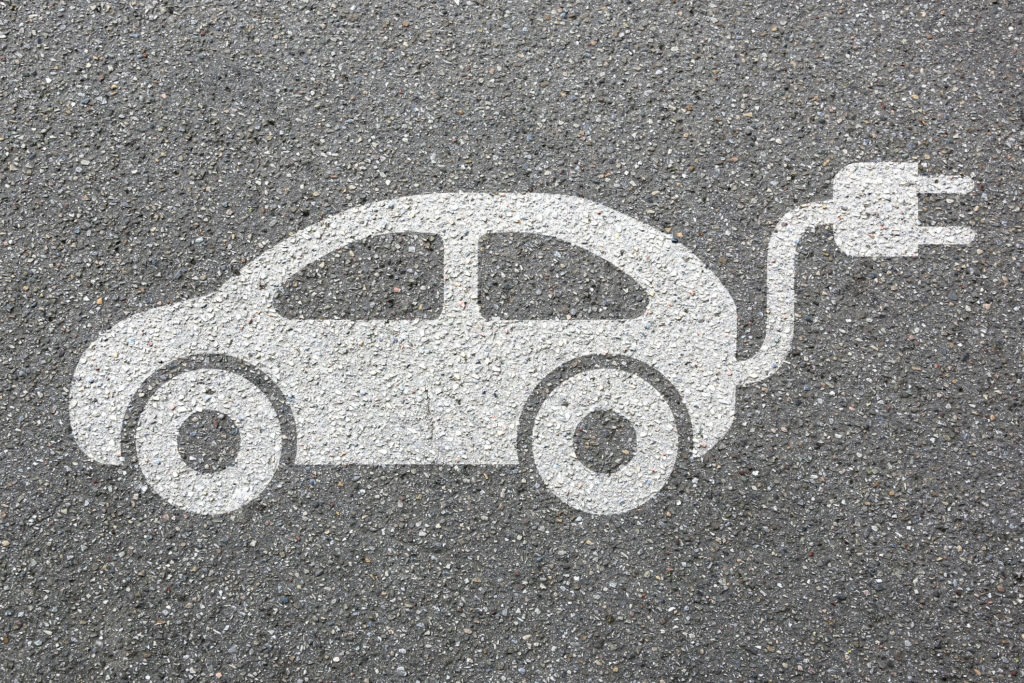‘Flow battery system’ could recharge electric vehicles in seconds
16 August 2018

16 August 2018
A new study by the University of Glasgow could see electric vehicles (EVs) charged up and ready to go within seconds, with a new type of energy storage system.
Chemists have developed a flow battery system using a nano-molecule that can store electric power or hydrogen gas in a new hybrid energy storage system.
Speaking about their ′hybrid-electric-hydrogen’ flow battery in the Nature Chemistry journal, they said it was based on the design of a nanoscale battery molecule and that it could release power on demand as electricity or as hydrogen gas, both of which could be used to fuel cars.
According to the study, when a concentrated liquid containing the nano-molecules is made, the amount of energy it can store increases tenfold and the energy can be released as either electricity or hydrogen gas, allowing for flexibility in its use.
A benefit of this system is that EVs would no longer need to be on charge for hours to achieve a full battery. Instead, as the liquid is pumpable, it means cars could be charged in the same time it takes to fill up conventional petrol or diesel vehicles.
The new liquid could be used to replace old battery liquid to recharge electric vehicles.
The method was developed by Leroy Cronin, Mark Symes and Jia Jia Chen, who say it will pave the way for new energy storage systems for electric cars, new ways of storing renewable energy and lead the development of electric-to-gas energy systems for when fuel is needed.
′For future renewables to be effective, high capacity and flexible energy storage systems are needed to smooth out the peaks and troughs in supply,’ said Cronin.
′Our approach will provide a new route to do this electrochemically and could even have application in electric cars where batteries can still take hours to recharge and have limited capacity.
′Moreover, the very high energy density of our material could increase the range of electric cars, and also increase the resilience of energy storage systems to keep the lights on at times of peak demand.’
A current problem restricting electric vehicle sales is the issue of charging. Alongside an infrastructure still in its infancy, many drivers do not want to spend a minimum of 30 minutes to achieve a charge that may only take them so far. For long-distance journeys, some may have to make two or more stops.
This is why a number of manufacturers are backing hydrogen as a future fuel. In its liquefied state, it goes into a vehicle in the same manner as petrol and diesel, while the only emissions are H2O. The hydrogen powers a fuel cell which generates electricity to run the vehicle. In addition, hydrogen-powered cars can travel around 350 miles on a single fill-up.